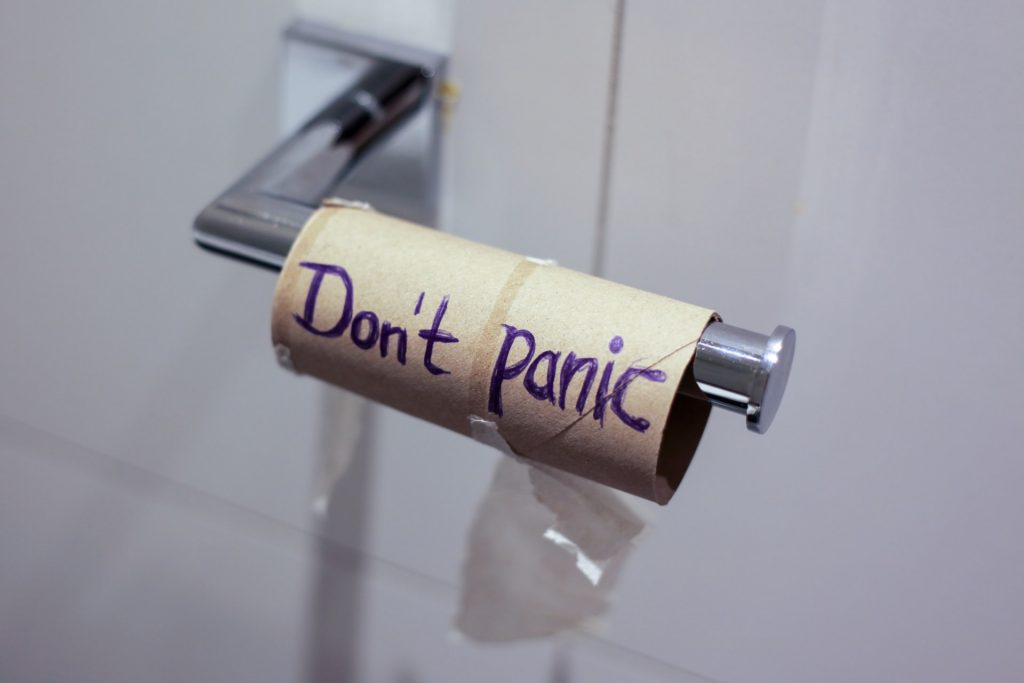Slimmed down toilet paper, fewer cookies in a bag, less conditioner in squeeze tubes.
The changes are subtle and might evade less discerning shoppers. But retail industry experts say we could see more consumer products start shrinking in size or quantity — or both — because of rising costs. Record levels of inflation means households are paying more for everyday purchases and it’s costing companies more to produce packaged items like paper products, shampoos as well as food and beverage products.
Companies can raise prices, and many are. Others are charging customers the same price while offering less. Product downsizing, also known as “shrinkflation,” is happening with toilet paper, said Edgar Dworsky, a former assistant attorney general in Massachusetts who is a consumer advocate and editor of website ConsumerWorld.org. “Downsizing happens during times of high inflation because companies that make everyday products are also paying more for raw materials, production and delivery costs,” said Dworsky, who’s tracking how period of high inflation impact consumer products for three decades.
Dworsky said product downsizing is becoming increasingly prevalent, and he recently picked up on several instances of brands inconspicuously shrinking the size of their products. For example, Procter &Gamble’s (PG) Charmin’s ultra soft toilet paper 18-count mega package now contains 244 two-ply sheets, down from a previous 264 double-ply sheets per roll. And super mega rolls of the brand now display 366 sheets versus a previous 396 sheets per roll.
